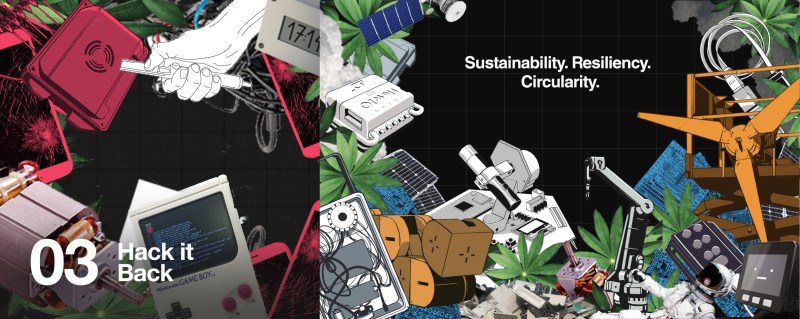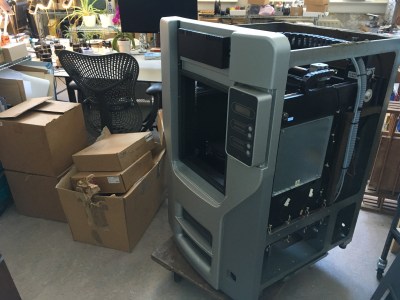
While the 2022 Hackaday Prize as a whole winds its way through a good chunk of the year, each individual challenge that makes up the competition only sticks around for a limited time. As hard as it might be to believe, our time with theHack it Back challenge is nearly at a close, with just a few days left to enter your project before the July 24th deadline.
Each challenge in this year’s Hackaday Prize has been designed around the core themes of sustainability, resiliency, and circularity — and for the Hack it Back phase of the competition we asked hackers to essentially keep as much hardware out of the landfill as possible. That could mean making a simple fix that puts a piece of equipment back into service, or it might be a be complete rebuild of an older device to bring it up to modern standards. These are the kind of projects Hackaday was built on, so turning it into an official challenge this year made perfect sense.

In a way, taking a look through the Hack it Back entries is like seeing a distilled “best of” collection of Hackaday itself. Take for example the phenomenal repair pulled off by [Gregor]. He got his hands on a malfunctioning Stratasys Dimension SST, and quickly noted that the LEDs which lighted the industrial 3D printer’s chamber had failed due to extended exposure to high temperatures. Using some Holmesian logic, he deduced that the IR LEDs responsible for the printer’s tool changing system may have suffered a similar fate. After replacing a surface mount LED worth less than a buck, this ±$40K USD machine was ready to print another day.
On the opposite side of the spectrum is the Notkia project, or at least, the project-formerly-known-as-Notkia. Turns out, Nokia’s lawyers aren’t big fans of wordplay. Whatever the project ends up getting called in the end, it’s one of the most impressive retrofitting efforts we’ve seen in quite some time. This collaborative effort aims to develop a replacement PCB for the Nokia 1680 that turns the once simplistic “dumb phone” into a full-fledged Linux handheld. Note we didn’t say Linux phone, as at least for now, there’s no actual cellular hardware included. But it’s got just about anything else you could possibly want, all packed into an exceptionally portable and robust enclosure.
Speaking of replacement PCBs, this project from [mulcmu] looks to upgrade an early 2000s Logitech Harmony 880 universal remote to better interface with today’s devices, which increasingly use WiFi for connectivity. The final hardware will use an ESP32 and open source firmware to connect to a wide array of consumer gadgets, but the immediate focus at this early stage is getting the board designed. We can’t help but admire the attention to detail that’s gone into this first alpha board, which also doubles as a reminder of just how good these low-cost PCB fabs have gotten: he paid just $1.60 per board, and they were on his doorstep four days later. Unreal.
We’ll admit there’s some pretty stiff competition this round, but when has that ever stopped this community from rising to the challenge? If you’ve got a repair, upgrade, or complete rebuild that you’re particularly proud off, don’t wait any longer to show it off.
All you’ve got to do is make a new project on Hackaday.io, and submit it to the challenge. If you were waiting for the last minute to make your dramatic entrance — this is it.
Don’t Miss Your Last Chance to Enter the Hack it Back Challenge
Source: Manila Flash Report



0 Comments